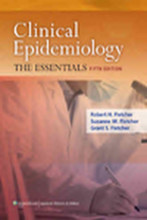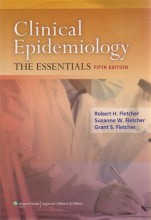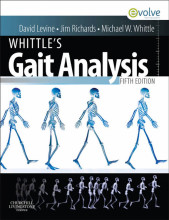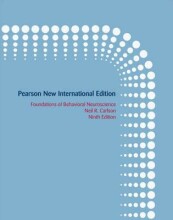Summary: Research Methods In Muscularskeletal Physiotherapy 2
- This + 400k other summaries
- A unique study and practice tool
- Never study anything twice again
- Get the grades you hope for
- 100% sure, 100% understanding
Read the summary and the most important questions on Research methods in muscularskeletal physiotherapy 2
-
RCT
This is a preview. There are 23 more flashcards available for chapter 01/11/2016
Show more cards here -
What are things to consider when studying treatment effect?
Volunteer bias
Natural progression/maturation
Regression to the mean
Placebo effect
Hawthorne effect
Rosenthal effect -
What is a volunteer bias?
People who volunteer are different people than regular patient, more motivated, better educated perhaps and so on -
What is a systematic review?
RCT's are reviewed in a study in a systematic way. So they all are assessed similarly -
What are non-controlled observational studies?
Case report/case series
Single cohort study -
What are experimental studies?
RCT
Non-randomised experimental -
How do you increase internal validity (decrease bias) in an rct?
Was the assignment to groups randomised
Was the allocation concealed
Were groups similar at baseline
Was study personnel blind to group allocation
How complete was follow-up, where there dropouts?
Intention to treat analysis? -
What is blocked randomisation?
Randomisation is done in blocks, the block sizes should be varied to reduce predictability. This can be useful in small sample sizes, if recruitment rate might be an issue -
What is the number needed to treat?
The NNT is the average number of patients who need to be treated to prevent one additional bad outcome (e.g. the number of patients that need to be treated for one to benefit compared with a control in a clinical trial) -
What is the number needed to harm?
The number needed to harm (NNH) is an epidemiological measure that indicates how many patients on average need to be exposed to a risk-factor over a specific period to cause harm in an average of one patient who would not otherwise have been harmed -
What are limitations of RCT's?
Ethical considerations
Expensiveness
Time consuming
Daunting
External validity- generalisability
- Higher grades + faster learning
- Never study anything twice
- 100% sure, 100% understanding































